DXY was soft last night, EUR and CNY stable:
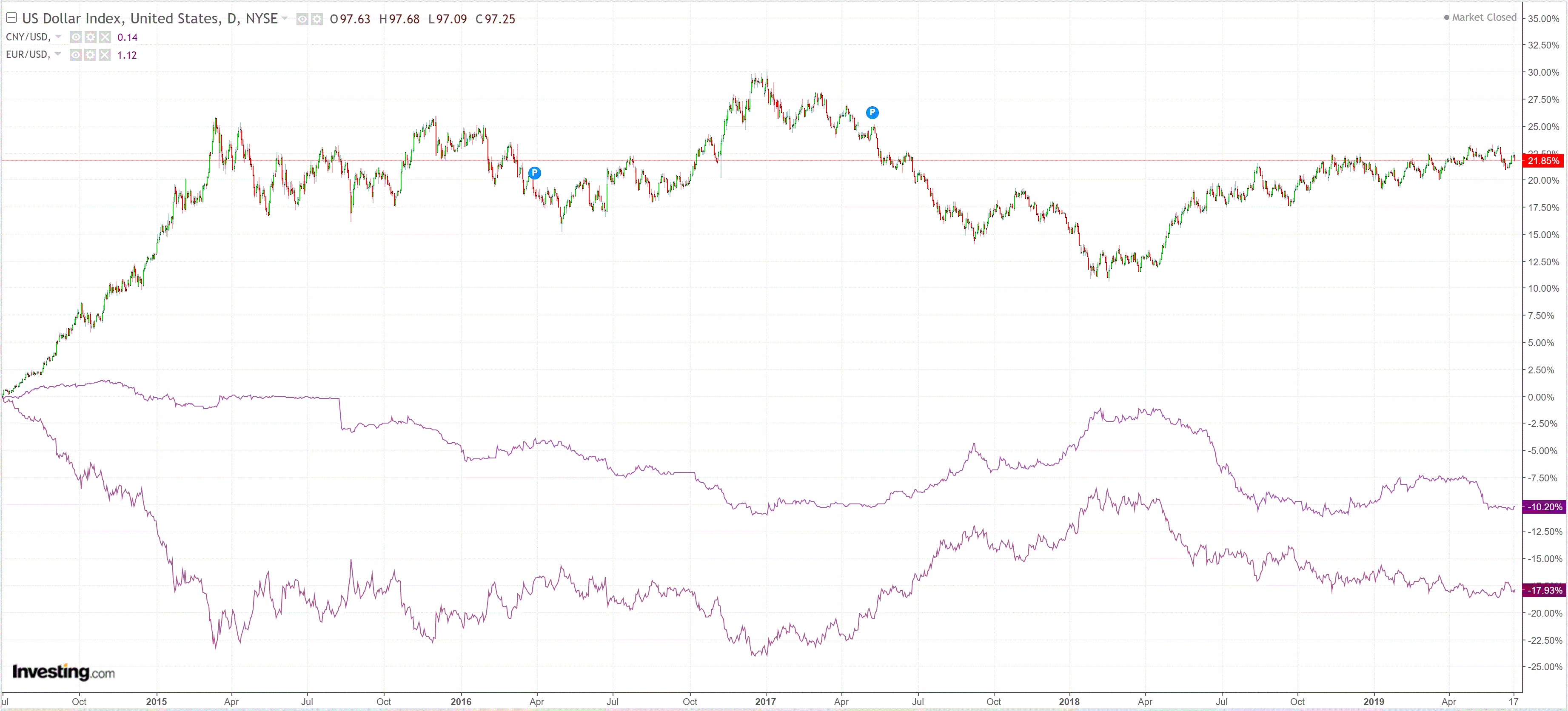
The Australian dollar firmed a little against DXY is still toast elsewhere:
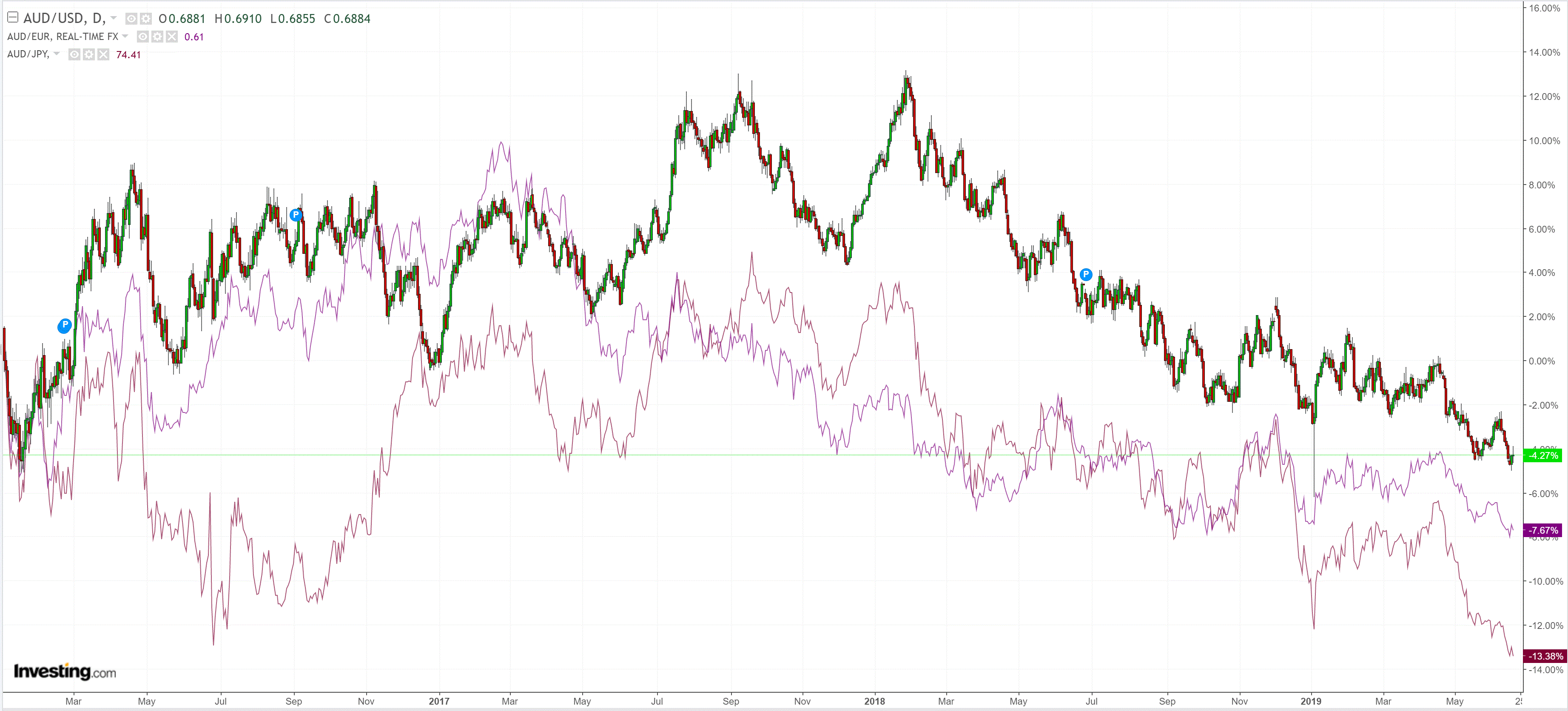
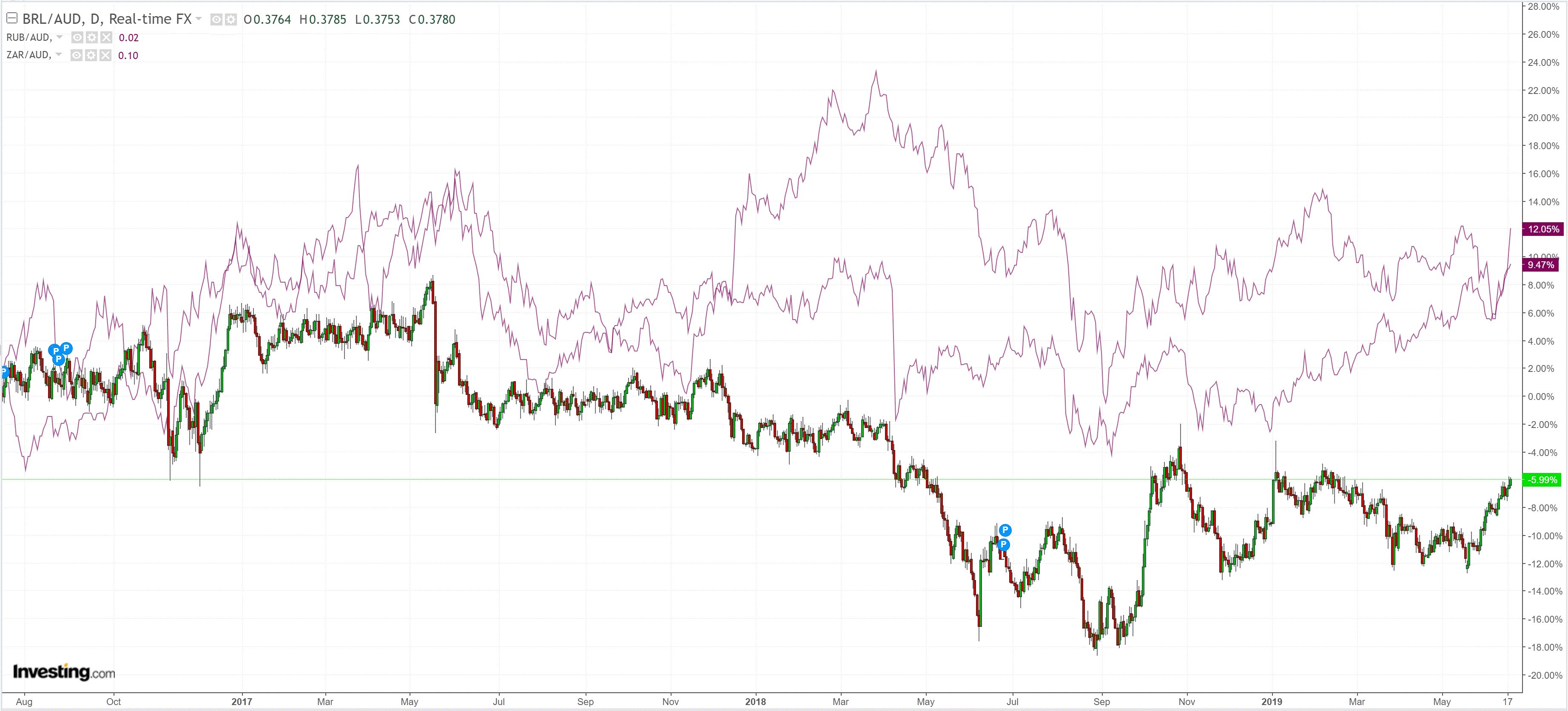
Gold broke out:
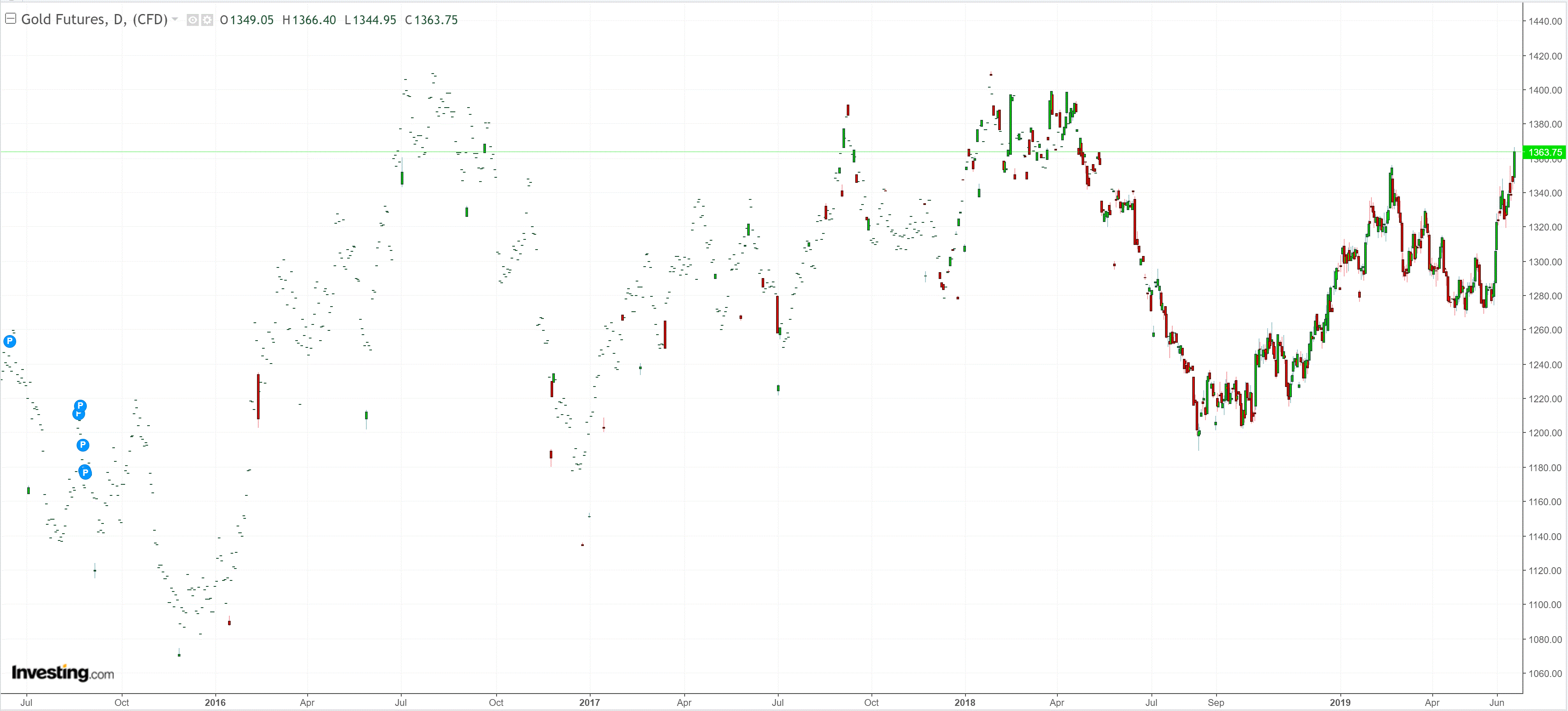
Oil was soft:
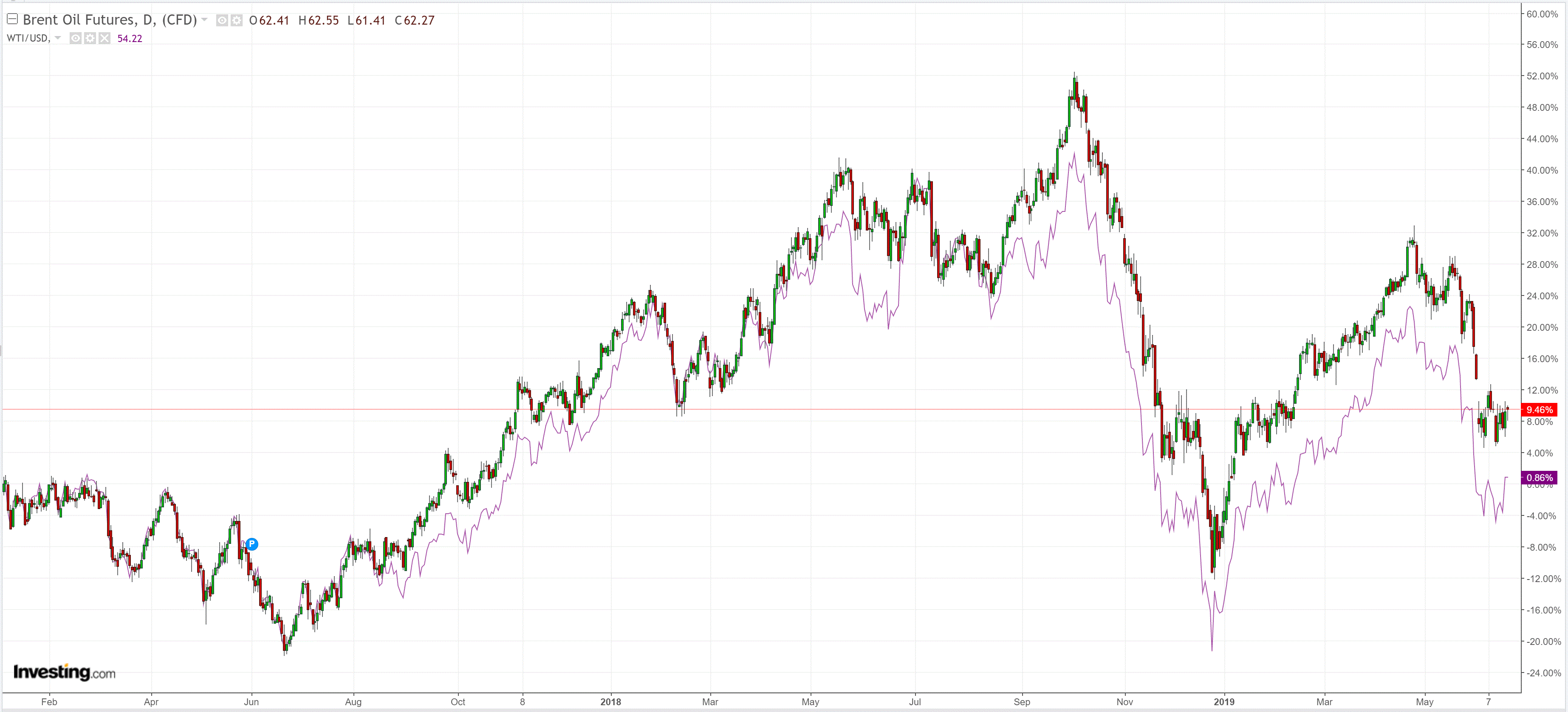
Metals too:
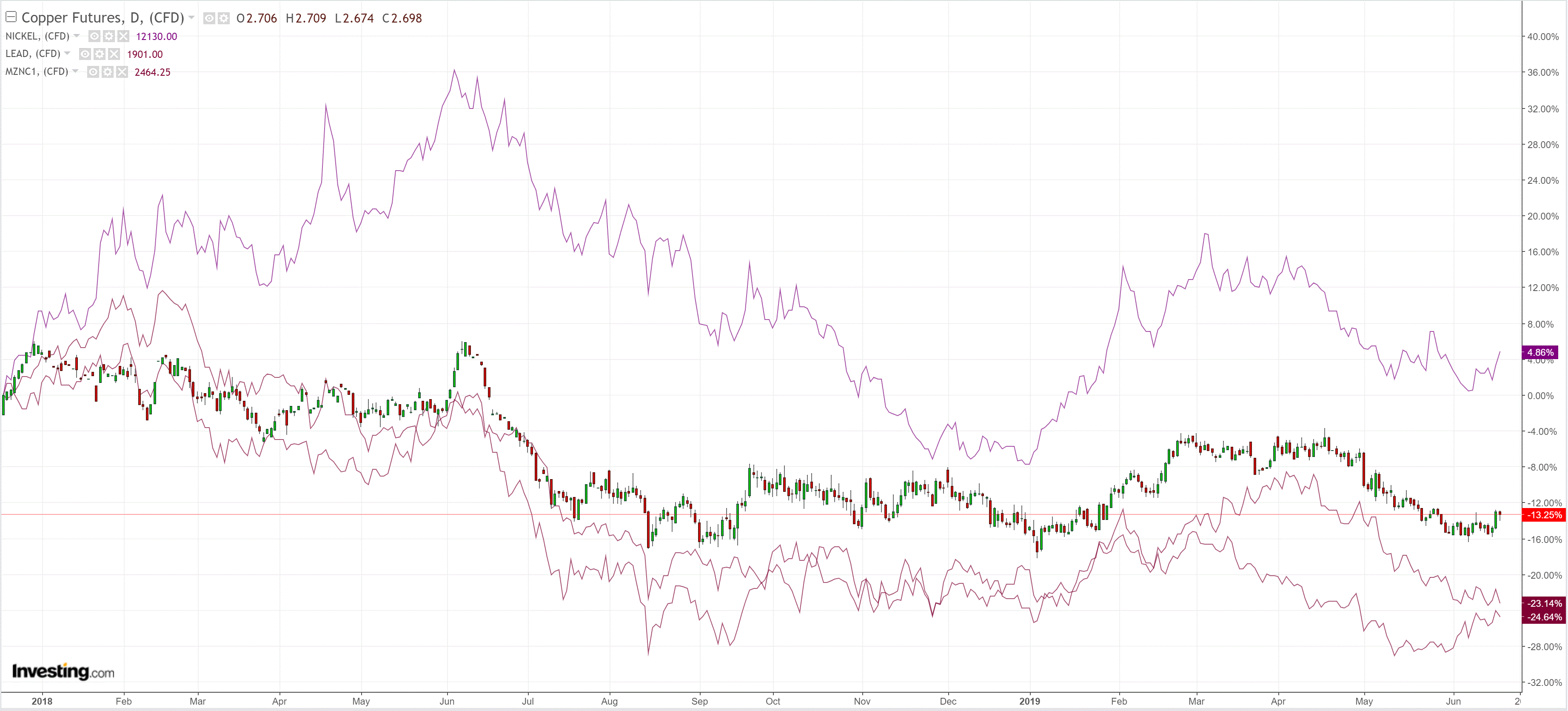
EM stocks lifted:
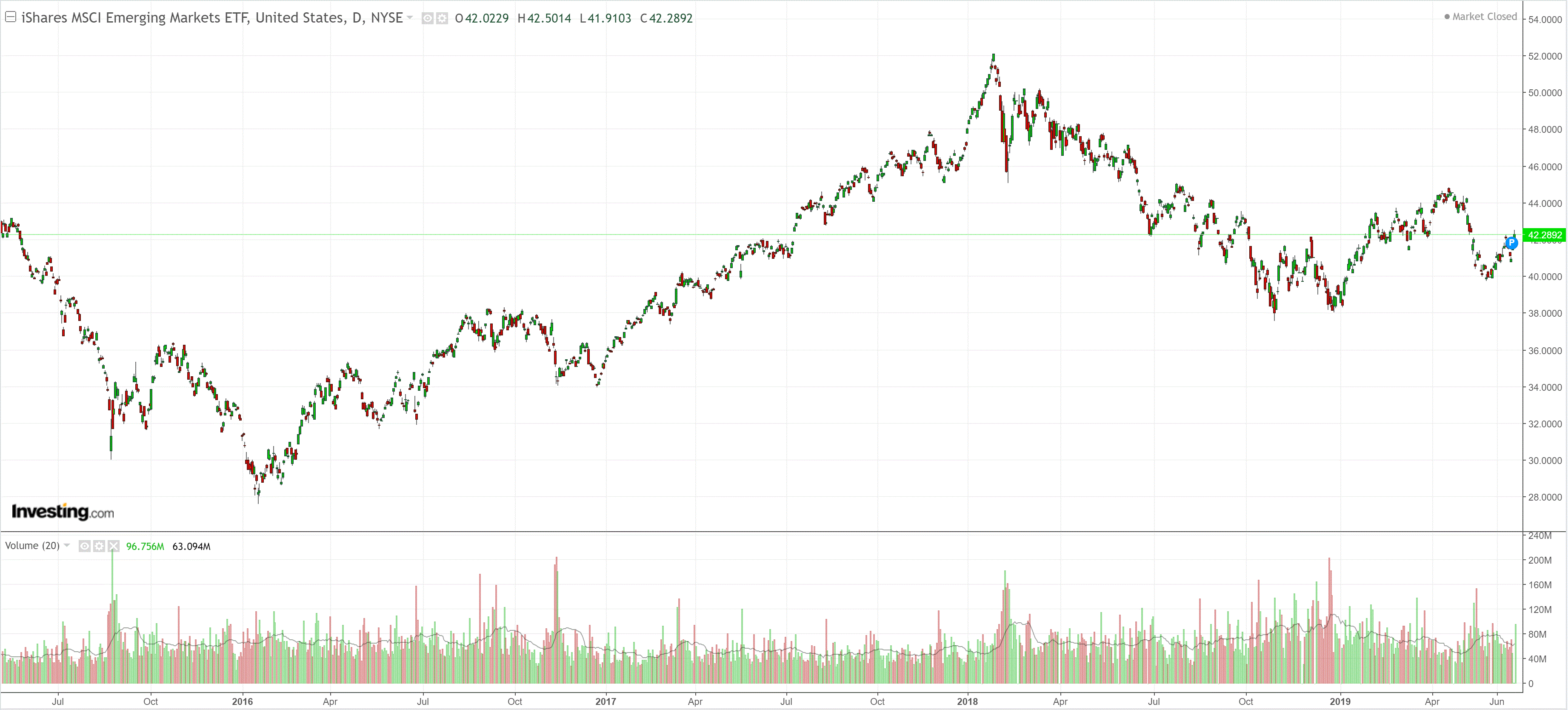
Junk jumped:
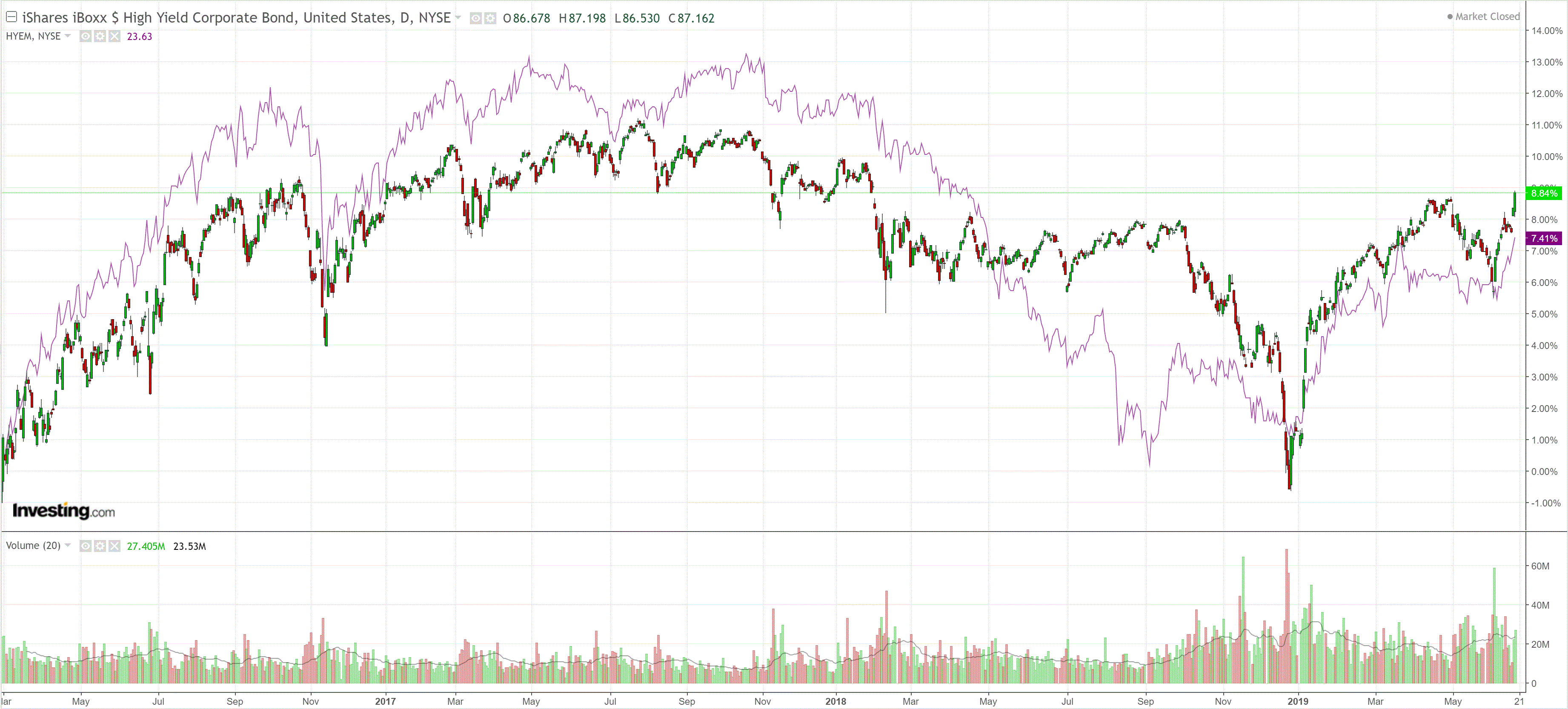
Treasuries were gobbled up:
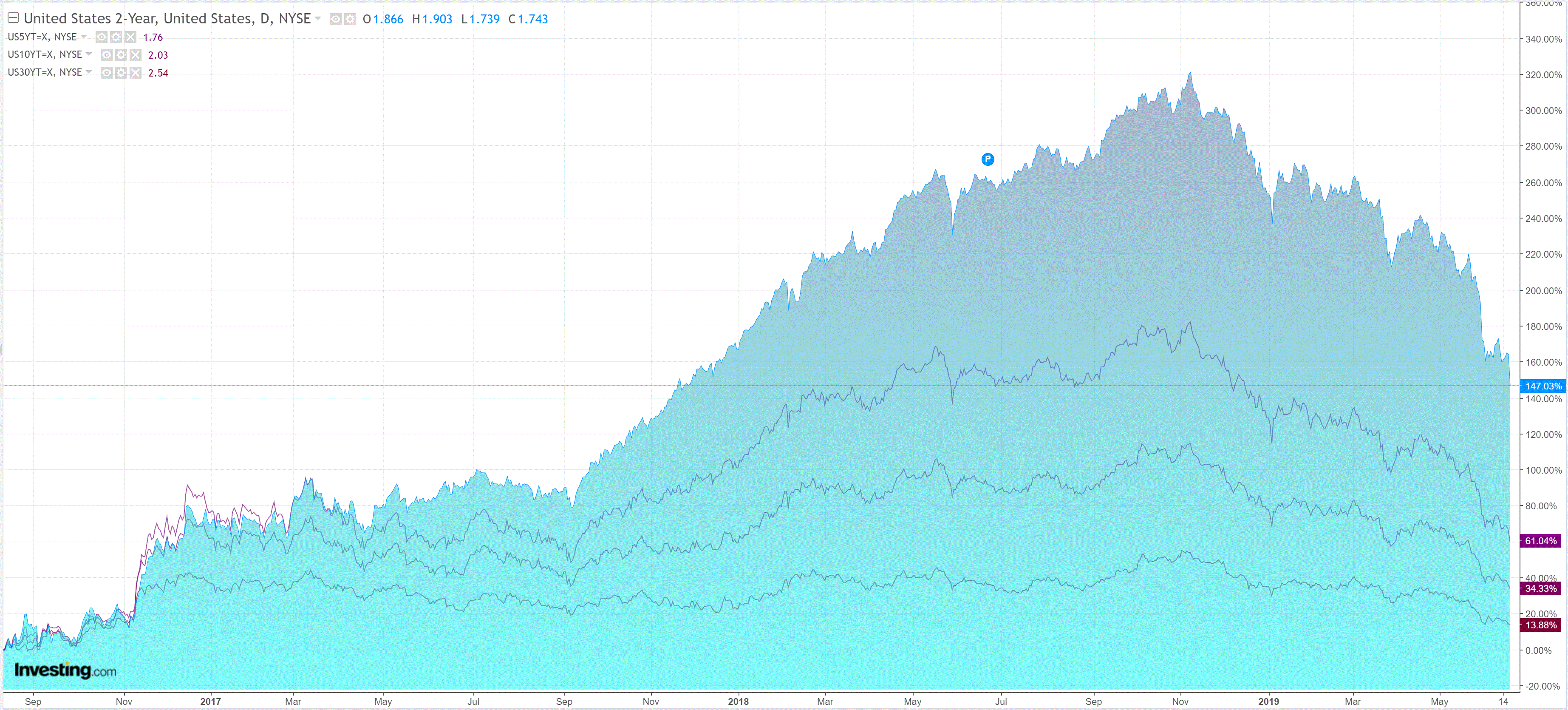
Not bunds:
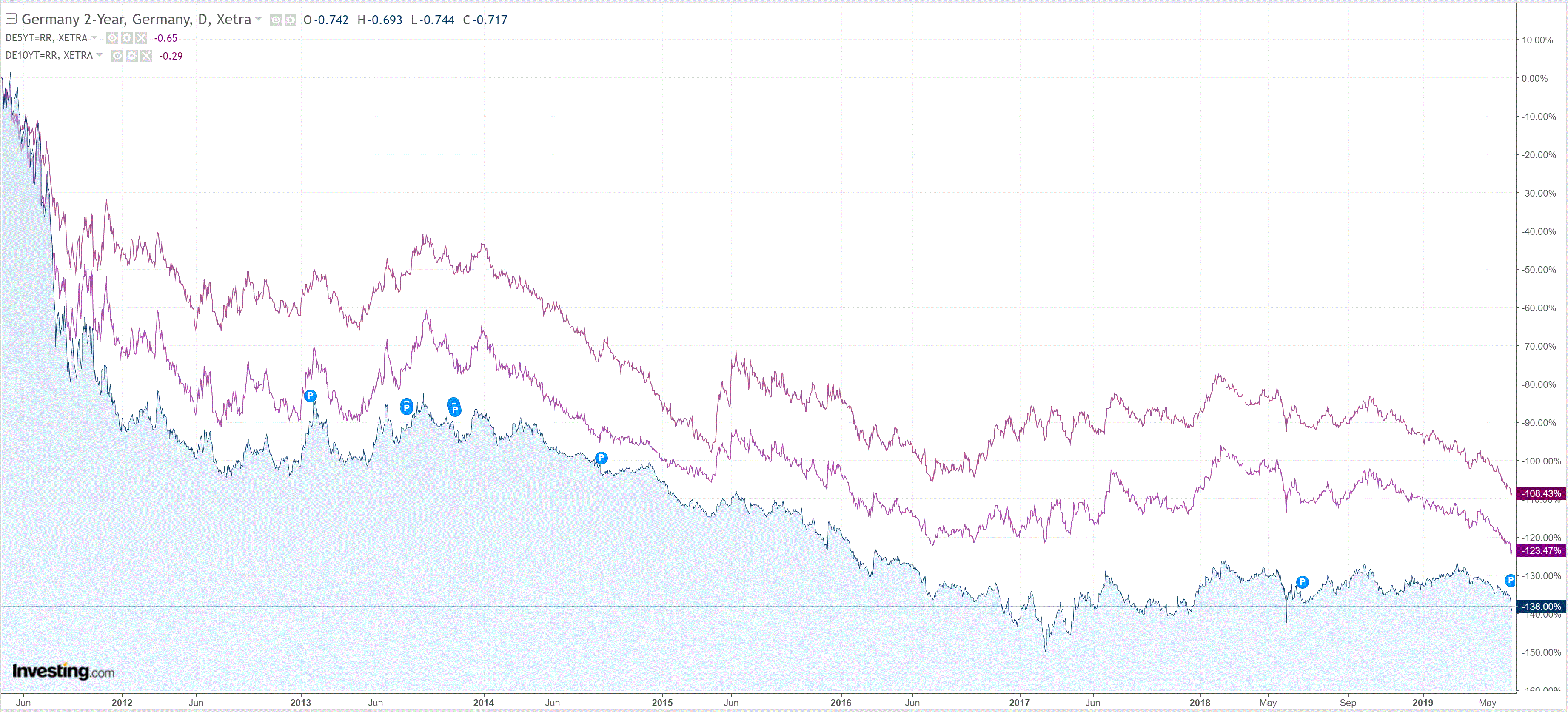
But Aussie bonds were:
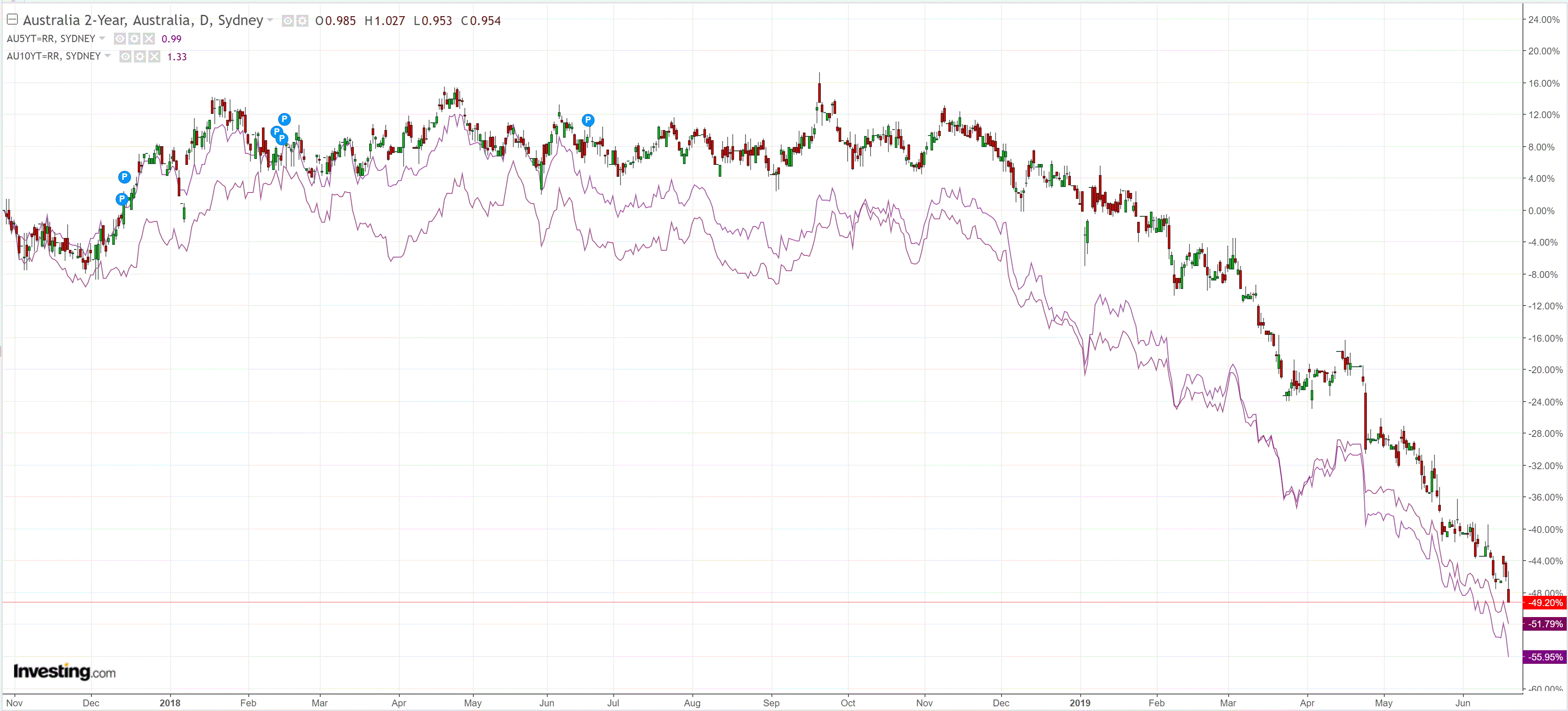
Stocks rose modestly:
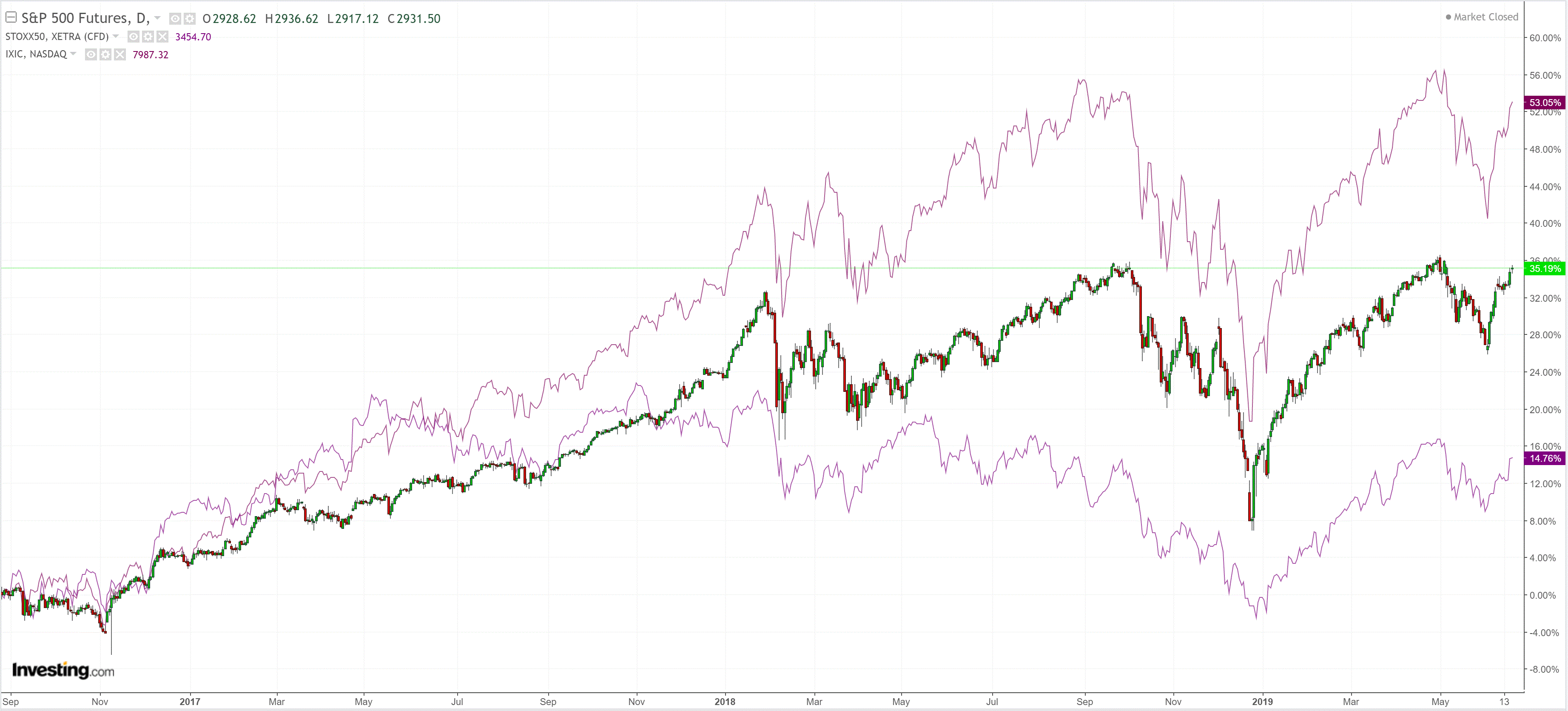
Westpac has the wrap:
Event Wrap
FOMC: There was a notably dovish bent to the Fed that will cement rate cut expectations. The Fed continues to expect strong labour market conditions and inflation close to target but they now cite increased “uncertainties” around this baseline and a preparedness to, “…act as appropriate” as they “..closely monitor the implications of incoming information for the economic outlook”. The Fed has retired the “patience” language that animated the Fed’s stance all year. Powell underscored that trade and global growth are the key concerns.
The dot plot shows a median steady policy this year but that obscures a big dovish tail with 8 among 17 projecting cuts this year – almost all (7) project 2 cuts this year. If just one more Fed official joined this group in calling for a cut(s) the median would have shifted lower. In any case the change to the 2019 dots is a notable shift given only Bullard and Evans explicitly raised the prospect of rate cuts this year in recent speeches. Chair Powell also noted in his introductory remarks that even those who projected a flat Fed Funds profile noted the case for a cut had strengthened. The median for 2020 now shows a 25bp cut, a 50bp turnaround from the hike that was projected by the median back in March. The long run rate was trimmed 25bp.
The Fed cut their 2019 PCE projection right back, to 1.5%, a notable miss, from earlier forecasting 1.8%. One needs to go back to the Dec 2016 SEP projections to find a PCE projection this low. The Fed also trimmed 2020 as well to a new median of 1.9% from 2%.
All that said, Powell noted there was “not much support for a cut now, bar one”, though they will act “promptly if appropriate”. Growth projections are unchanged for 2019 at 2.1% though the statement downgrades activity to “moderate” from “solid”. The vote was not unanimous, Bullard dissented in favour of a cut.
Event Outlook
NZ: Q1 GDP is expected to have increased 0.6%, 2.3% annually. That is stronger than the RBNZ’s forecast of 0.4%, and should support the RBNZ’s watch and wait stance.
Australia: RBA Governor Lowe gives a speech titled “The Labour Market and Spare Capacity”, Adelaide 11:15 am. The RBA bulletin is released which contains articles on the Bank’s most recent research.
Japan: the BOJ policy decision follows signalling from Kuroda that the Bank will ease policy if momentum towards their inflation target weakens.
Euro Area: the EU Summit will debate and potentially decide on leadership positions over today and tomorrow. Both the new President of the European Commission and President of the ECB will take office in November. Jun EC consumer confidence is released.
UK: the BOE policy decision is expected to be on hold. The Bank’s mild tightening bias will be in focus with market pricing having moved to around ½ a chance of a cut one year ahead from around ½ a chance of a hike at the time of the last meeting on May 2.
US: Fedspeak involves Brainard and Mester at a Fed Listens event, and Daly holds a podcast on ‘community economics’.
The Fed made every subsequent meeting live:
Information received since the Federal Open Market Committee met in May indicates that the labor market remains strong and that economic activity is rising at a moderate rate. Job gains have been solid, on average, in recent months, and the unemployment rate has remained low. Although growth of household spending appears to have picked up from earlier in the year, indicators of business fixed investment have been soft. On a 12-month basis, overall inflation and inflation for items other than food and energy are running below 2 percent. Market-based measures of inflation compensation have declined; survey-based measures of longer-term inflation expectations are little changed.
Consistent with its statutory mandate, the Committee seeks to foster maximum employment and price stability. In support of these goals, the Committee decided to maintain the target range for the federal funds rate at 2-1/4 to 2-1/2 percent. The Committee continues to view sustained expansion of economic activity, strong labor market conditions, and inflation near the Committee’s symmetric 2 percent objective as the most likely outcomes, but uncertainties about this outlook have increased. In light of these uncertainties and muted inflation pressures, the Committee will closely monitor the implications of incoming information for the economic outlook and will act as appropriate to sustain the expansion, with a strong labor market and inflation near its symmetric 2 percent objective.
In determining the timing and size of future adjustments to the target range for the federal funds rate, the Committee will assess realized and expected economic conditions relative to its maximum employment objective and its symmetric 2 percent inflation objective. This assessment will take into account a wide range of information, including measures of labor market conditions, indicators of inflation pressures and inflation expectations, and readings on financial and international developments.
Voting for the monetary policy action were Jerome H. Powell, Chair; John C. Williams, Vice Chair; Michelle W. Bowman; Lael Brainard; Richard H. Clarida; Charles L. Evans; Esther L. George; Randal K. Quarles; and Eric S. Rosengren. Voting against the action was James Bullard, who preferred at this meeting to lower the target range for the federal funds rate by 25 basis points.
And underlined it by cutting all forecasts. Check out especially PCE inflation and the target range for its own cash rate:
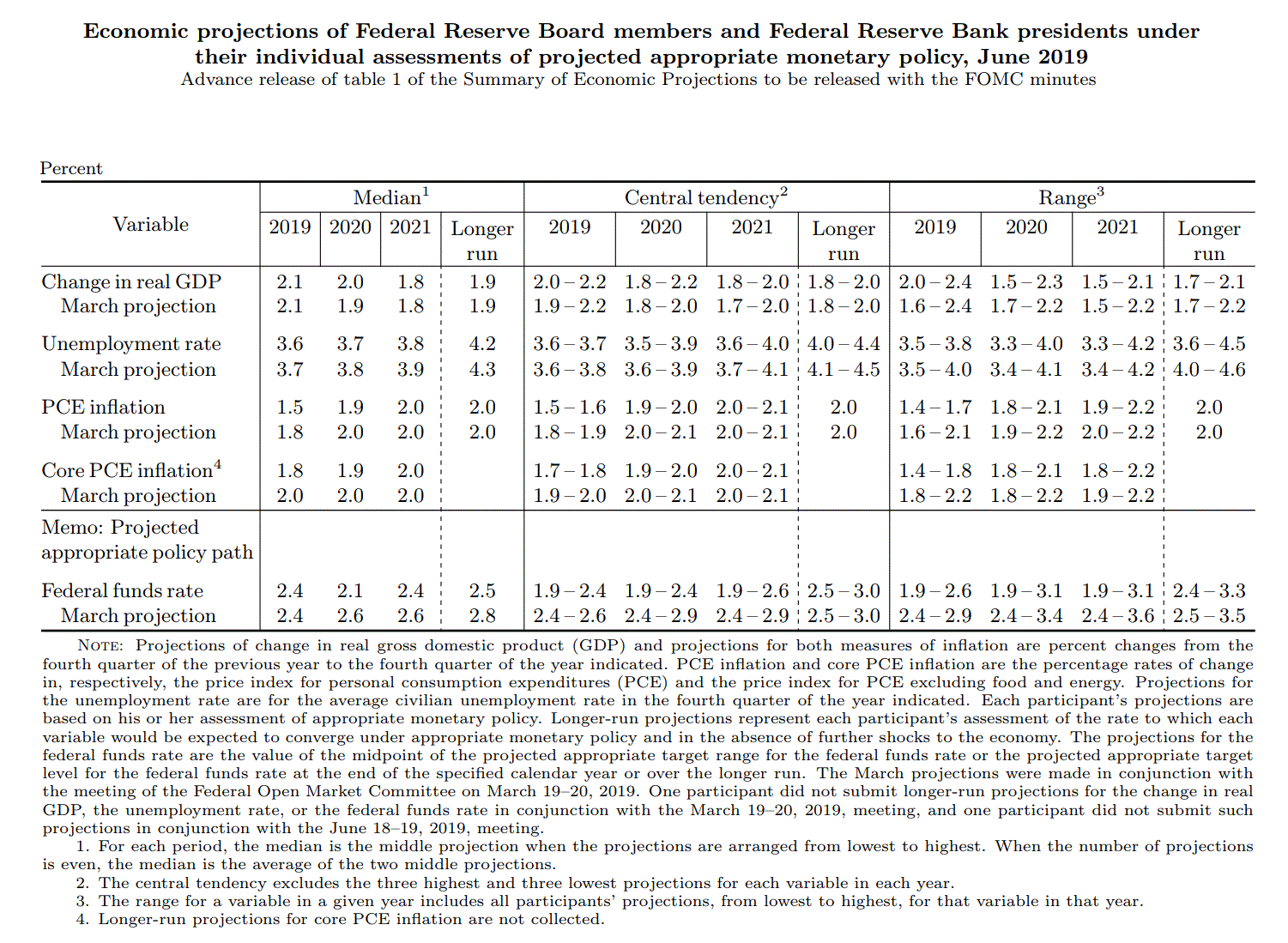
There’s two rate cuts coming, the first of them next month. Markets are 100% certain:
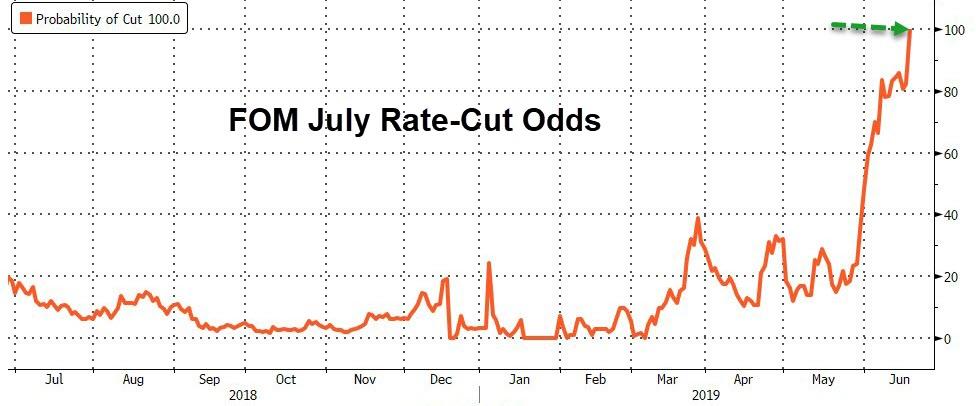
Beyond that it will hang on resolution for the trade war. But with the Fed now at El Trumpo’s back why would he soften his stance on China?
The Aussie dollar will likely have to beat more than two Fed rate cuts next year to keep falling.

